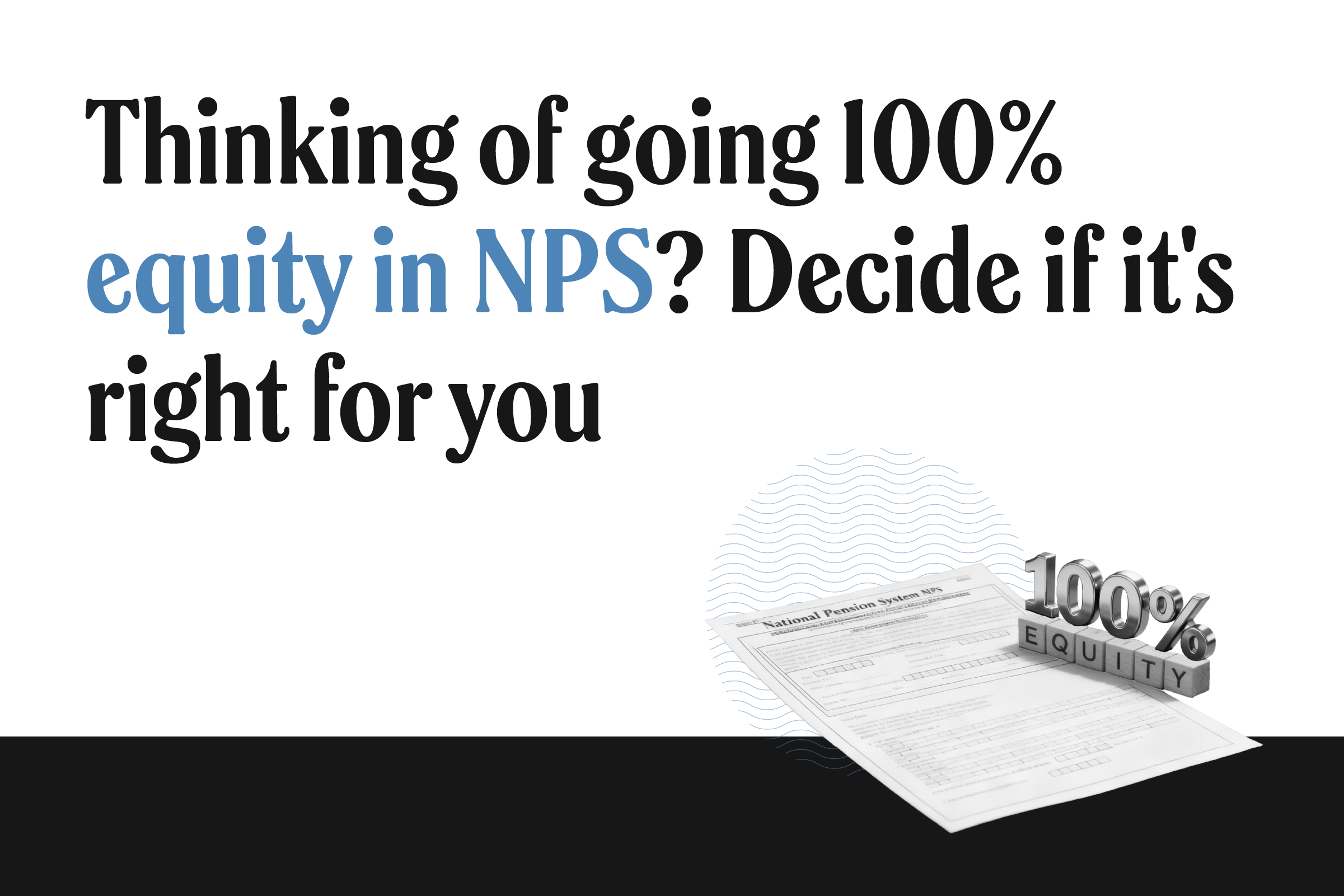Planning for retirement is a long-term process, and the five years leading up to it are crucial in determining how comfortably you’ll live during your retirement years. By making strategic financial decisions, you can ensure that you’re prepared for a smooth transition from the working world to a life of leisure. Below are the key steps to take as you approach retirement:
Know Where You Stand
The first and most essential step is to evaluate your current financial situation. Knowing where you stand gives you a clear picture of how well prepared you are for retirement. Start by calculating:
- Your total assets (including savings, investments, real estate, etc.)
Your liabilities (such as loans, mortgages, and other outstanding debts) - Your projected retirement expenses, which include daily living costs, healthcare, and leisure activities
- Your anticipated income sources, such as pensions, social security, investments, and part-time work, if applicable
Once you have a clear understanding of these numbers, compare them to your retirement goals. Will your savings and income be enough to cover your desired lifestyle? This analysis will help you determine if any adjustments are needed.
Realign Your Investments
As you near retirement, it’s essential to realign your investments to reflect a more conservative approach. During your working years, you may have invested in higher-risk assets to maximise growth, but now it’s time to focus on preserving capital and ensuring steady income. Consider the following:
- Shift from aggressive growth to income-generating investments, such as bonds, dividend-paying stocks, and real estate that generates rental income.
- Diversify your portfolio to protect against market volatility. While you may still keep some exposure to growth assets, you should focus more on fixed-income securities that offer stable returns.
- Working with a financial advisor to rebalance your portfolio ensures that it’s aligned with your risk tolerance and retirement goals.
Assess Your Equity Exposure
While it’s important to reduce risk as you approach retirement, maintaining some level of equity exposure can still be beneficial. Equities offer higher returns over the long term, and since retirement can last 20–30 years or more, you need your savings to continue growing even after you stop working.
However, you should gradually reduce your equity exposure as retirement nears. A common rule of thumb is to subtract your age from 100 (or 110) to determine the percentage of your portfolio that should remain in equities. For example, at age 60, 40–50% of your portfolio might still be in equities, while the rest is in more stable investments like bonds.
Review Your Health Insurance
Healthcare costs are one of the most significant expenses in retirement, and ensuring you have adequate health insurance is crucial. With rising medical expenses, relying solely on government-provided healthcare might not be sufficient. Here are some things to consider:
- Supplement your existing health insurance with a more comprehensive plan if needed.
- Evaluate policies that cover critical illnesses, hospitalizations, and long-term care to ensure you’re financially protected.
- Understand the coverage limits, exclusions, and renewal age of your policy.
Additionally, consider setting aside an emergency fund specifically for healthcare expenses, as some procedures or treatments may not be fully covered.
Close Loans / Manage Debt
If you have any outstanding loans or debts, it’s best to work towards clearing them before retirement. Entering retirement debt-free provides financial peace of mind and reduces the strain on your retirement income. Steps you should take include:
- Prioritise paying off high-interest debts, such as credit card balances or personal loans.
- Focus on closing larger loans, like mortgages, if your finances allow.
- Avoid taking on new debt in the years leading up to retirement.
Being debt-free in retirement ensures that more of your income and savings can be directed towards living expenses and leisure rather than servicing debt.
Plan Your Retirement Cash Flow
Creating a retirement cash flow plan helps you manage your income and expenses during your non-working years. It’s important to have a detailed understanding of how much money you’ll need each month, as well as where that money will come from.
Key elements of a retirement cash flow plan include:
- Estimating your fixed expenses (e.g., housing, utilities, groceries) and discretionary expenses (e.g., travel, hobbies).
- Identifying income sources such as pensions, social security, and investment withdrawals.
- Setting a withdrawal strategy that ensures your savings last throughout retirement. A common approach is the “4% rule,” where you withdraw 4% of your retirement savings annually.
Having a robust cash flow plan prevents you from running out of money too soon and provides a clear roadmap for your financial life after retirement.
Practice Retirement
It’s a good idea to practise retirement for a few months or even a year before you officially retire. This involves living on your projected retirement budget and getting a sense of how your lifestyle might change without a full-time job. Here’s how you can do it:
Track your expenses during the practice period to see if your estimated retirement budget is realistic.
Adjust your spending habits to fit your future income sources and practice cutting down on unnecessary expenditures.
Start engaging in the hobbies and activities you plan to pursue in retirement to see how they fit into your lifestyle and budget.
This “test run” will give you a clearer picture of what to expect, making the actual transition into retirement smoother.
Will and Estate Planning
Lastly, it’s essential to focus on will and estate planning before retirement to ensure your assets are distributed according to your wishes. This not only provides peace of mind but also protects your loved ones from potential legal disputes and tax implications.
Key steps include:
- Draft or update your will to clearly define how your assets will be divided.
- Appoint an executor to manage your estate after your passing.
- Consider setting up trusts if needed, to protect assets or provide for specific beneficiaries like children or grandchildren.
- Ensure you have adequate nominations and beneficiaries on all financial accounts, insurance policies, and pension plans.
By planning your estate early, you ensure that your loved ones are taken care of, and you reduce the risk of complications in the future.
Conclusion
The five years leading up to retirement are critical for ensuring that you’re financially prepared to enjoy your post-working years. By evaluating your financial standing, realigning your investments, ensuring adequate health coverage, and planning for debt closure, you’ll be better positioned for a secure and comfortable retirement. Furthermore, developing a retirement cash flow plan and practising retirement will help you transition smoothly into this new chapter of life. Lastly, don’t forget the importance of estate planning to protect your assets and ensure your family’s well-being after you’re gone.









